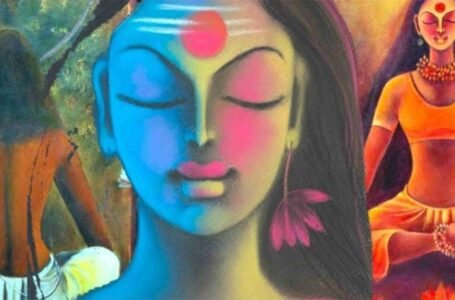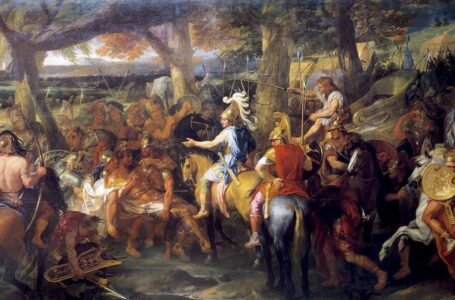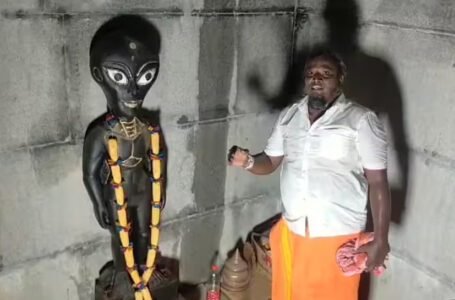Discover the Spiritual Insights of Sivarahasya Uppurana
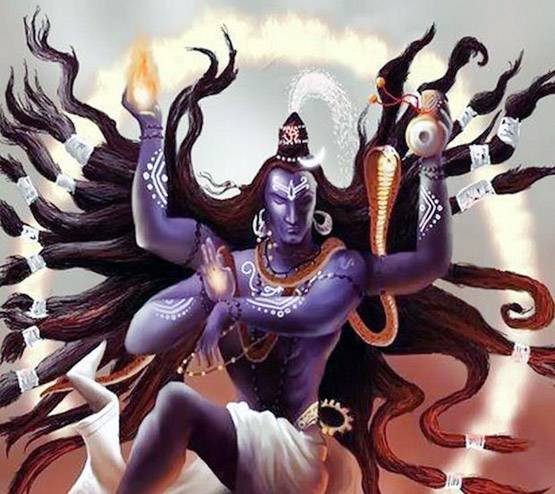
Sivarahasya Upapurana mirrors the grand tradition that has characterized Hindu mythology and spirituality. The present paper will attempt to delve deep into its mystifying history, mythology, and cultural significance to bring out a comprehensive account of the text, which although lesser known, has very important implications.
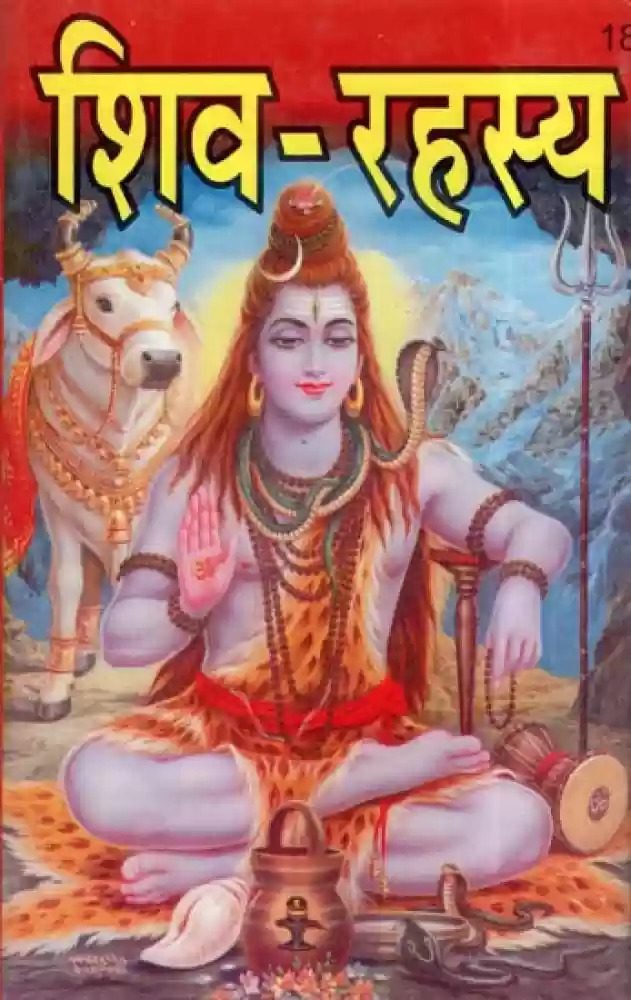
The Sivarahasya Upapurana has a very special place within Hindu literature; it is one among the Upapuranas. The major Puranas have secondary texts that add and elaborate on the stories and teachings in the former. This text is estimated to have been composed between the 9th and 12th centuries CE, a period of great stirrings in Hindu philosophy and temple culture.
Scholars speculate that the text originated from South India. This is evident in its emphasis on Shaivism, an activity that particularly engages the region in the southern part of the Indian subcontinent. South India was very vibrant in the worship of Shaivism, with the many temples of Lord Shiva, the rising communities of devotion, and the great thinkers and theologians of the Shaivite tradition.
It was during this period that powerful South Indian dynasties, such as the Cholas, and Pallavas, among others, came to the fore. These dynasties, great patrons of Shaivism, encouraged and advanced Shaivite ways through temple-building activities, royal patronage for Shaivite scholarship, and propagation of Shaivite texts.

The Upapurana was produced along with a process of great diversification and regionalization of Hinduism. This was the crystallized period of sects in Hinduism, namely, Shaivism, Vaishnavism, and Shaktism, with their respective independent theological and ritualistic frames. The text reflects this process of sectarian diversification by directly dwelling on the worship of Shiva, elucidating his myths, rituals, and philosophical teachings.
At the same time, the text also brings forth some of the syncretic tendencies of Hinduism, that useful absorptive tendency to take in local traditions, folk tales, and regional deities here within the broad ambit of Shaivism. The apex of such a text may have become diversified in its character with such inclusion of diverse elements, but it ceased to remain alien and epistemically unavailable to the audience in these varied regions.
The historical value of the Upapurana is much more than being religiously oriented. It throws ample light on the socio-cultural background of its era. Through its narration, one can understand what religious trends, social conventions, and philosophical doctrines were prevalent in medieval South India. It further reveals the nature of different interreligious communications as to how Hinduism would accept and adapt to different foreign ideas.
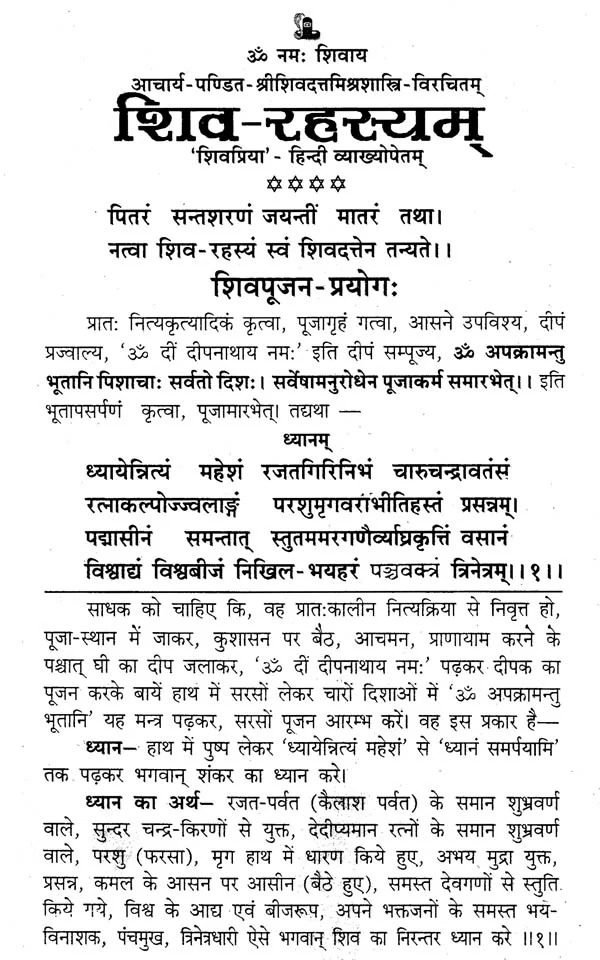
Mythology
The mythology of the Sivarahasya Upapurana is intricate, consisting of interwoven tales of gods, demons, and sages. At its centre lies Lord Shiva, whose adventures and teachings comprise the corpus of this text. Of the various stories it contains, one of the most important describes the cosmic dance of Shiva, called Tandava, as standing both for creation and dissolution and illustrating them cyclically.
Another great myth is that of the churning of the ocean—Samudra Manthan—where Shiva himself imbibed the deadly poison, Halahala, to save the universe. Herein is an act of supreme sacrifice, which underscores Shiva as the protector and sustainer of the cosmos. The stories of Shiva’s consort, Parvati, and their divine union, and how their children Ganesha and Kartikeya were born are also accounted for.
Gunas
The Sivarahasya Upapurana describes the three Gunas, Sattva, Rajas, and Tamas, and their acting in human behaviour and spiritual progress. It lays a very strong emphasis on the cultivation of Sattva by devotion, meditation, and righteous living toward Moksha.
Shiva is already established here as well as, simultaneously, going beyond the Gunas to maintain cosmic harmony within this very balance. The text therefore offers the devotee the ideal of cultivating the virtues of Shiva Himself, of rising above Rajas and Tamas, those forces that bind, by leading a pure, selfless life.
Gods and Goddesses
While Shiva is the supreme deity, Sivarahasya Upapurana bestows reverence on a host of other gods and goddesses. It regards Parvati, the divine mother, as very important and plays a role in most of the stories, signifying fertility, strength, and devotion. There is also Ganesha with his elephant head, the god of wisdom and the remover of obstacles, and Kartikeya, the god of war and victory.
The book also describes the various forms that Shiva embodies: Nataraja, the cosmic dancer; Ardhanarishvara, half-male and half-female; and Bhairava, the fierce, each speaking to a different aspect of his divinity.
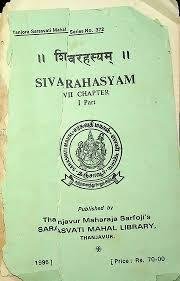
Authors
The Sivarahasya Upapurana, like many other ancient texts, carries no authorship. It is said to be a compilation of the works of various sages and scholars who added their inputs at different points in time. These authors compiled from previous traditions, oral stories, and available scriptures to form a consistent and authentic script.
The joint authorship is characteristic of the collaborative nature of ancient Indian scholarship, where knowledge was built up and polished over centuries to make sure that spiritual wisdom was not lost and continued unbroken.
Verses
The Sivarahasya Upapurana is composed in chaste classic Sanskrit. Its verses showcase the poetic and literary tastes that marked ancient Indian scriptures. It is comprised of several chapters that deal with the diversity of theology, mythology, and ritual matters.
Most of these verses from the Sivarahasya Upapurana extol the glory of Siva, narrate his divine exploits, and outline the methods of worship and righteous living. They are used not only in the performance of religious rites but also as a means of imparting religious inspiration and instruction to the people.
Worship
Highly elaborated and very varied are the worshipping practices mentioned in the Sivarahasya Upapurana and include the rituals, prayers, and festivals performed in honour of Shiva. His worship includes the performance of vrata, fasting for the deity, daily puja that the text prescribes, and the stotras that are recited.
Emphasis is throughout given to worship of the Shiva Linga which represents the nature of Shiva, which is infinite and formless. The text also gives pictorial details of the various pilgrimage places- tirthas of Shiva and also advises the devotees to visit such pilgrimage places to enrich themselves spiritually.

Legacy
The legacy of Sivarahasya Upapurana survives in the influence it wielded over Shaivite traditions and practices, in that it transformed devotional and ritualistic functions in Shaivism and provided a theological base for worship and spiritual pursuit.
The teachings have come to be dispersed through temple rituals, religious festivals, and oral tradition, securing continued pertinence and intellectual gravity in the minds of followers of Shiva. The influence is not restricted to religious boundaries; it feeds into the larger cultural and philosophical heritage of Hinduism.
Scientific Learnings
Though mainly a religious text, the Sivarahasya Upapurana also contributes to ancient Indian cosmology, medicine, and ethics. The depth of understanding of natural phenomena and their interrelation is shown in its descriptions of the universe, the elements, and the human body.
The text further alludes yet closer to the Ayurveda principles that call for the maintenance of lifestyle which well balances the mind, body and spirit. This involves playing the modern scientific views on health and lifestyle.
Conclusion
Sivarahasya Upapurana is not just another book with myths and rituals but an in-depth look up at the divine, ethics on lifestyle, and the spiritual value it beholds. As it takes us through its many rich narratives and teachings, nuances of Hindu spirituality are revealed, because of the complex enigma that this text leaves behind as a legacy. In the present day, classes of spiritual lessons to adherents and scholars alike are taught by this Upapurana.
